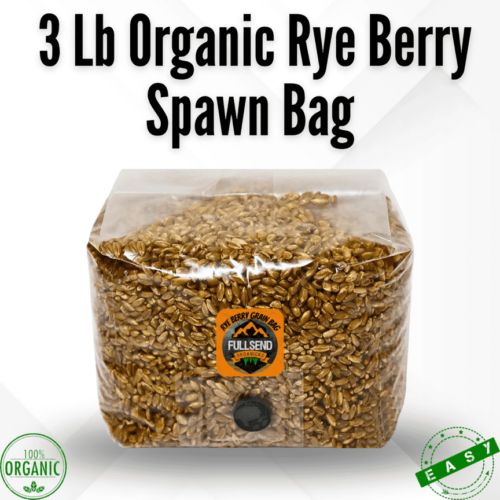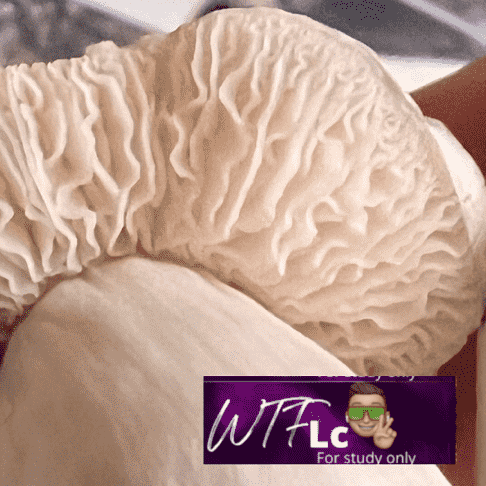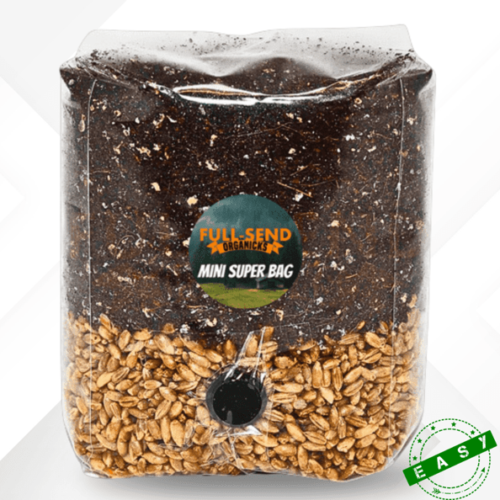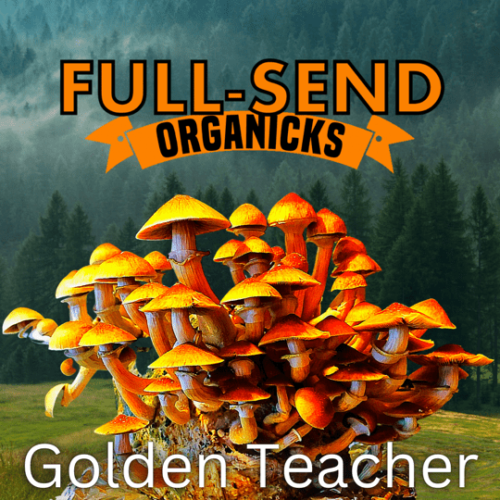-
Sale!The Infused Organic Sterilized Rye Berry Grain Bag. Pre-sterilized, nutrient-rich, Eco-friendly, perfect for all mycelium types!
-
White Tail Feathers Spores. White Tail Feathers is a new and rare strain. It was originally supposed to be a PE variety but became something else entirely
-
Sale!The all-in-one Mini Super Grow Bag weighs in at 1.5 lbs and is great for shoe boxes and mini tubs or growing right from the bag. Start to finish instructions included.
-
The B+ spores are by far the most versatile cubensis as they can adapt and grow in a wide range of temperatures and substrates. B+ psilocybe cybensis spore is a higher performing psilocybe cubensis strain that is actually known for its size.
-
Pesh Hawaiian Spores are the closest strain we offer to golden teacher, PESH/Hawaiian characterizes itself by wide, bell-shaped caps and large flushes that grow quickly. these spores are a mycology enthusiasts favorite.
-
Albino A+, also known as AA+, is the first Leucistic cubensis to be domesticated and distributed since the hobby became popular.
-
The White Teacher strain of mushrooms is a hybrid between the Golden Teacher and Albino Penis Envy strains. While the origin of this strain is largely unknown, it is theorized that it originates from the Gulf region of the USA.
-
Jedi Mind Spores. The Jedi strain shows up on every top-10 list of ranked Psilocybe cubensis. As its name implies, it’s known for its potency as well as its cosmic insights. Fullsend OrgaNicks spores are extremely popular, and they sell out frequently.
-
Leucistic Golden Teacher spores are derived from Golden Teacher but contain a genetic mutation that causes leucism. This mutant variety has been stabilized and is a great addition to compare to Golden Teacher.
-
Golden Teacher mushroom spores are one of the many strains of psilocybin cubensis spores. This psilocybin spore syringe strain gets its name because the caps of the mushroom have a golden color when mature.
-
The Enigma Cubensis Liquid Culture Syringe is an especially interesting variety, as it does not produce mushroom fruiting bodies, but instead produces a blob-like mycelial formation that somewhat resembles a brain.
-
The blue oyster mushroom is one of the most common oyster mushrooms used in cuisine worldwide. Young specimens will be blueish color on their caps, then changing color to grey tones upon maturing.














